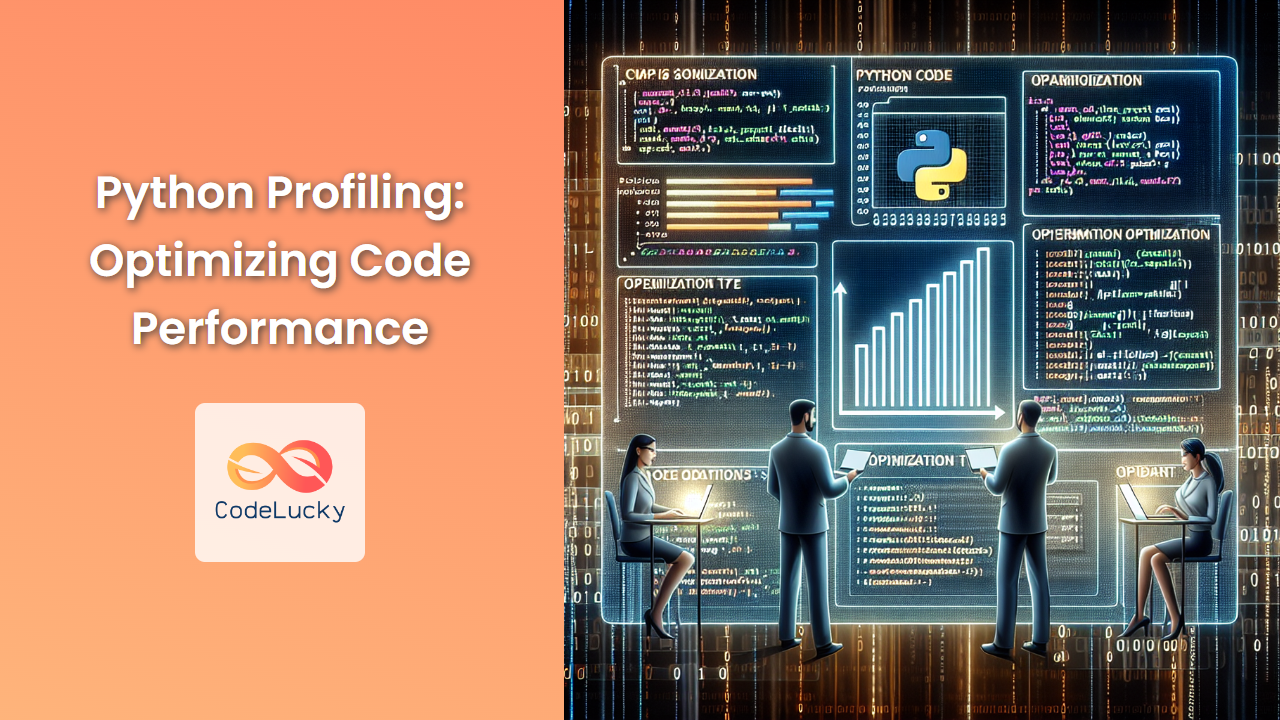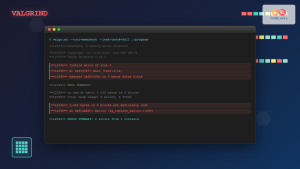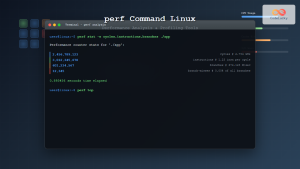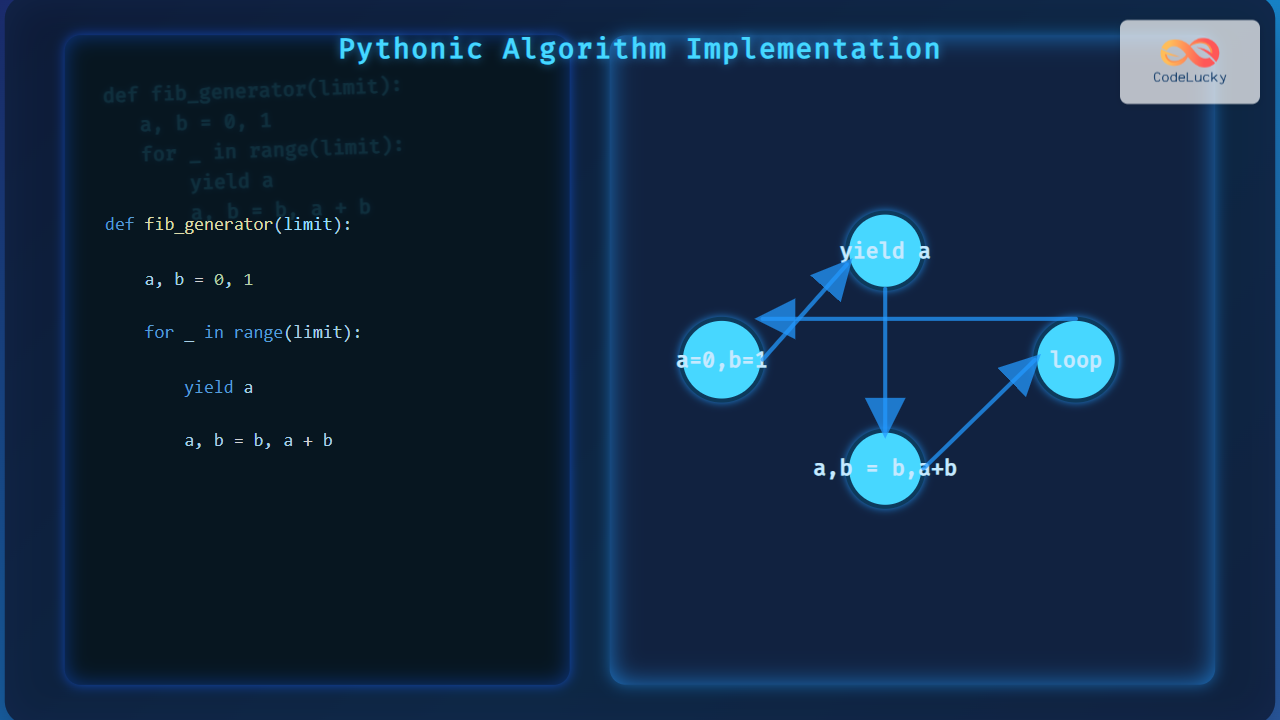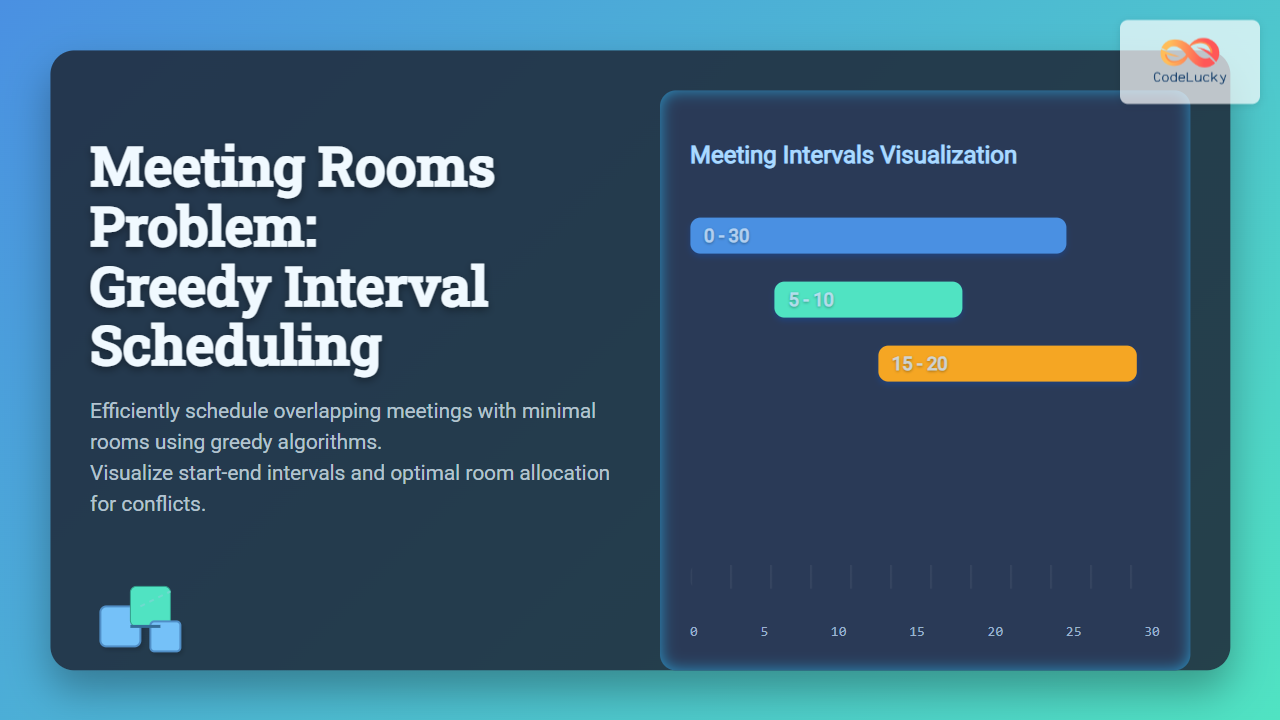In the world of software development, writing functional code is just the beginning. To create efficient and scalable applications, developers need to optimize their code's performance. This is where Python profiling comes into play. Profiling is a dynamic program analysis technique that measures the time and memory usage of a program, helping developers identify bottlenecks and optimize their code for better performance.
Understanding Python Profiling
Python profiling is the process of analyzing your code's execution to identify performance bottlenecks. It provides valuable insights into how long each function takes to execute, how many times a function is called, and how much memory is used. This information is crucial for optimizing your code and improving its overall efficiency.
🔍 Key Insight: Profiling is not about guessing where your code might be slow; it's about measuring and identifying the actual performance bottlenecks.
Python comes with built-in profiling tools that make it easy to analyze your code's performance. The two main profiling modules in Python are:
cProfile: A C extension module that provides detailed profiling information with minimal overhead.profile: A pure Python module that's slower but more flexible thancProfile.
Let's dive into how to use these profiling tools effectively.
Using cProfile
The cProfile module is the recommended profiler for most applications due to its low overhead. Here's how you can use it:
import cProfile
def fibonacci(n):
if n <= 1:
return n
else:
return fibonacci(n-1) + fibonacci(n-2)
# Profile the function
cProfile.run('fibonacci(30)')
When you run this code, you'll get an output similar to this:
1389 function calls (4 primitive calls) in 0.000 seconds
Ordered by: standard name
ncalls tottime percall cumtime percall filename:lineno(function)
1 0.000 0.000 0.000 0.000 <string>:1(<module>)
1389/1 0.000 0.000 0.000 0.000 <string>:1(fibonacci)
1 0.000 0.000 0.000 0.000 {built-in method builtins.exec}
1 0.000 0.000 0.000 0.000 {method 'disable' of '_lsprof.Profiler' objects}
Let's break down this output:
ncalls: The number of calls made to the function.tottime: The total time spent in the function (excluding time made in calls to sub-functions).percall: The average time spent in the function per call.cumtime: The cumulative time spent in this and all subfunctions.filename:lineno(function): The location and name of the function.
🔑 Pro Tip: The cProfile output can be overwhelming for large programs. Use the sort parameter to focus on specific metrics, e.g., cProfile.run('fibonacci(30)', sort='cumtime').
Profiling Specific Code Blocks
Sometimes, you might want to profile only a specific part of your code. You can do this using the Profile class:
import cProfile
import pstats
def complex_function():
# Some complex operations here
result = sum(i * i for i in range(10000))
return result
profiler = cProfile.Profile()
profiler.enable()
# Code to be profiled
complex_function()
profiler.disable()
stats = pstats.Stats(profiler).sort_stats('cumtime')
stats.print_stats()
This approach gives you more control over what parts of your code are profiled and how the results are presented.
Memory Profiling
While cProfile is great for timing, it doesn't provide information about memory usage. For memory profiling, you can use the memory_profiler module:
from memory_profiler import profile
@profile
def memory_hungry_function():
big_list = [1] * (10 ** 6)
del big_list
return "Done"
memory_hungry_function()
This will output memory usage line by line:
Line # Mem usage Increment Line Contents
================================================
2 15.6 MiB 15.6 MiB @profile
3 def memory_hungry_function():
4 23.3 MiB 7.6 MiB big_list = [1] * (10 ** 6)
5 15.7 MiB -7.6 MiB del big_list
6 15.7 MiB 0.0 MiB return "Done"
💡 Insight: Memory profiling is crucial for identifying memory leaks and optimizing memory usage in your Python applications.
Visualizing Profiling Data
Sometimes, a visual representation of profiling data can be more insightful. The gprof2dot tool can convert profiling output into a dot graph:
python -m cProfile -o output.pstats your_script.py
gprof2dot -f pstats output.pstats | dot -Tpng -o output.png
This creates a PNG image visualizing your code's performance, making it easier to identify bottlenecks at a glance.
Real-World Optimization Example
Let's look at a real-world example of how profiling can lead to significant performance improvements:
import cProfile
import random
def slow_function(n):
return sorted([random.random() for _ in range(n)])
def fast_function(n):
return [random.random() for _ in range(n)]
def main():
slow_function(10000)
fast_function(10000)
cProfile.run('main()')
The output might look like this:
20006 function calls in 0.015 seconds
Ordered by: standard name
ncalls tottime percall cumtime percall filename:lineno(function)
1 0.000 0.000 0.015 0.015 <string>:1(<module>)
1 0.000 0.000 0.015 0.015 example.py:10(main)
1 0.007 0.007 0.014 0.014 example.py:3(slow_function)
1 0.001 0.001 0.001 0.001 example.py:6(fast_function)
2 0.000 0.000 0.000 0.000 {built-in method builtins.exec}
20000 0.007 0.000 0.007 0.000 {method 'random' of '_random.Random' objects}
We can see that slow_function takes significantly more time than fast_function. The difference is the sorting operation, which is unnecessary if we don't need the list to be sorted.
🚀 Optimization Tip: Always question whether computationally expensive operations like sorting are necessary for your specific use case.
Advanced Profiling Techniques
Line Profiler
For more granular profiling, you can use the line_profiler module to profile your code line by line:
@profile
def slow_function():
total = 0
for i in range(1000000):
total += i
return total
slow_function()
Run this with:
kernprof -l -v script.py
This will show you the time spent on each line of the function, helping you pinpoint exactly where the bottlenecks are.
Profiling in Production
While profiling during development is crucial, sometimes issues only appear in production environments. Python's sys.setprofile() function allows you to add profiling to a running Python program:
import sys
import time
def profiler(frame, event, arg):
if event == 'call':
print(f"Function {frame.f_code.co_name} called")
sys.setprofile(profiler)
# Your main code here
This technique should be used cautiously in production as it can significantly slow down your application.
Best Practices for Python Profiling
-
Profile Early and Often: Don't wait until you have performance issues. Regular profiling can help you catch potential problems early.
-
Focus on Hot Spots: Don't try to optimize everything. Focus on the functions that take the most time or use the most memory.
-
Use Appropriate Tools: Choose the right profiling tool for your needs.
cProfilefor timing,memory_profilerfor memory usage,line_profilerfor line-by-line analysis. -
Benchmark Before and After: Always measure the performance before and after optimization to ensure your changes are actually improving performance.
-
Consider the Big Picture: Sometimes, algorithmic changes can lead to more significant improvements than micro-optimizations.
-
Profile in a Realistic Environment: Try to profile your code in an environment that closely matches your production setup.
-
Be Wary of Premature Optimization: As Donald Knuth famously said, "Premature optimization is the root of all evil." Make sure your code is correct first, then optimize if necessary.
Conclusion
Python profiling is an essential skill for any serious Python developer. By understanding and effectively using profiling tools, you can create more efficient, scalable, and performant Python applications. Remember, the goal of profiling is not just to make your code faster, but to make it more efficient and resource-friendly.
Whether you're working on a small script or a large-scale application, incorporating profiling into your development process can lead to significant improvements in code quality and performance. So, the next time you're faced with a performance issue, don't guess — profile!
🏆 Key Takeaway: Profiling is not just about making your code faster; it's about understanding your code's behavior and making informed decisions to improve its efficiency.
By mastering Python profiling, you're equipping yourself with a powerful tool that can elevate the quality of your code and the performance of your applications. Happy profiling!

